Do you remember my tale of hiking all the way through Jutland from the German border in the south to the tip of the peninsula in the north (if not, have a look at my travel blog). When I left the travel blog last year, I had reached the official goal of the trail called Hærvejen (“Army Road”) at the town of Hirtshals and just needed to walk 35 km or so more to reach my personal goal at the pointy tip of Denmark. Well, I reached my goal in June of this year.
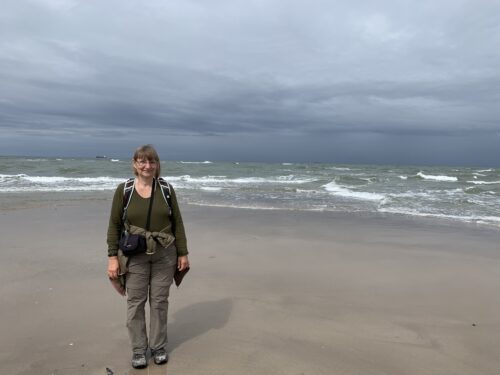
Together with three friends I spent a weekend hiking the final stretch. We began where I left off last year, at a nondescript place by the west coast called Skiveren. The trail hugs the coast, affording grand views of the North Sea.
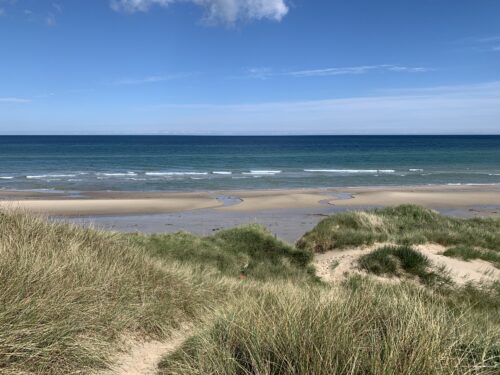
We walk through areas dotted with gorse bursting with bright yellow, and fragrant heather and shrub .
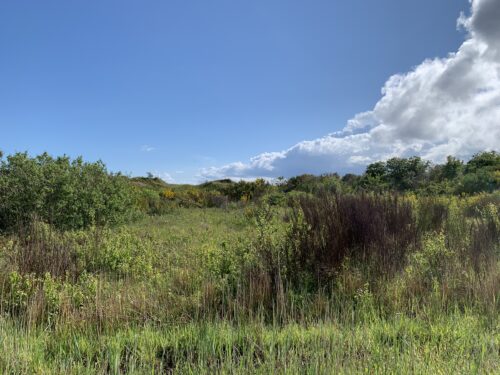

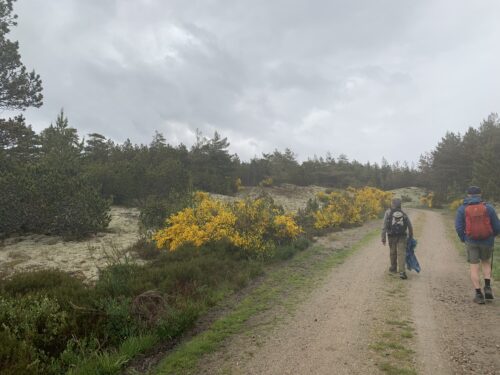
It is a landscape with infinite skies and long-distance views.

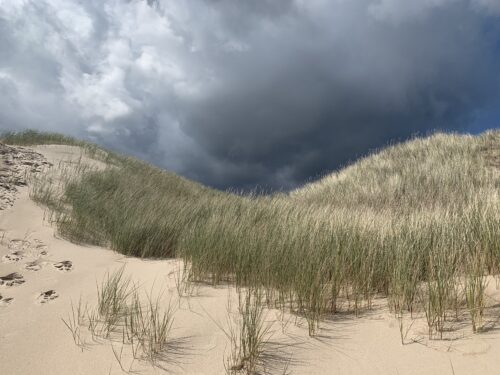
Along the way we pass by Råbjerg Mile, a migrating sand dune that is one kilometre long and one kilometre wide. It contains approximately four million m3 of sand! Its highest point is 40 m above sea level. The dune has been migrating since the 16th century and continues to move east-northeast towards Kattegat at a rate of more than 15 metres per year. Walking in the loose white sand is a struggle.


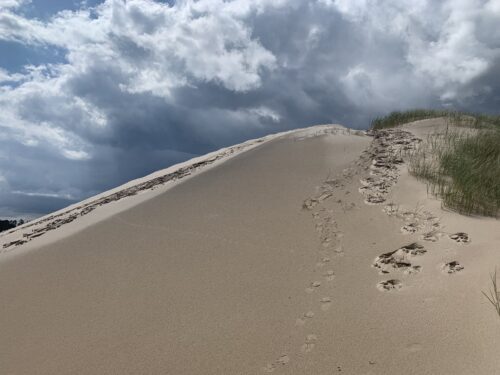
Drifting sands have also buried most of the church outside the town of Skagen. The first mention of this church was in 1387. Now all that is visible is the church tower, which was built at the end of the 14th century and renovated in the 17th century – all to no avail because by 1798 the church was closed because it was buried in sand.
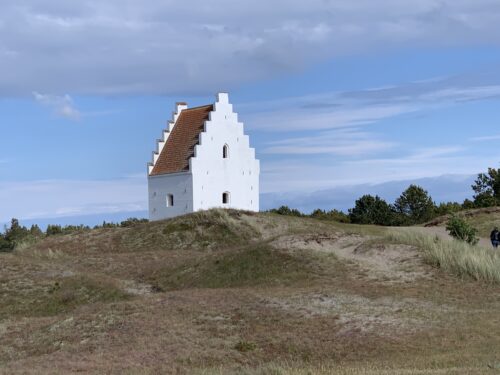
The town of Skagen is characterised by red-roofed yellow-painted houses that snuggle in the white-sanded dunes.


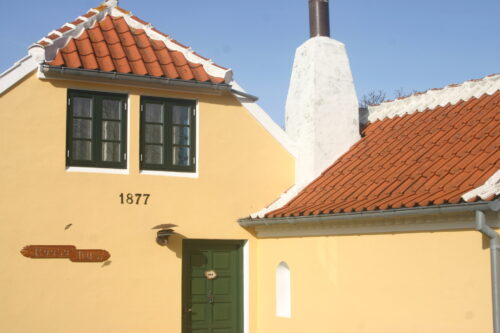
Skagen was traditionally a fishing village, but because of the distinctive light, many artists were attracted to the area and a colony of outstanding artists emerged. Since this northernmost tip of Denmark is only about four kilometres wide, the sunlight is reflected from two contiguous bodies of water – the North Sea in the west and the Kattegat in the east. The waves splash into each other from the two directions.
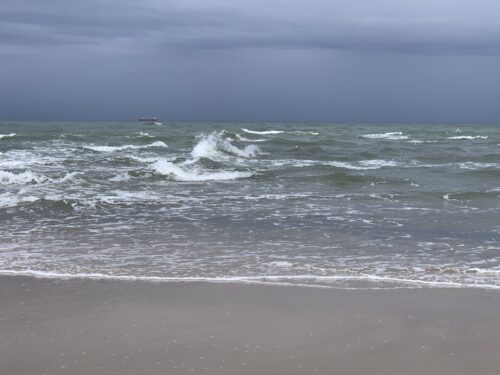
Fishery is still an important industry and places serving freshly caught fish abound.


The ambience of Skagen, its birdlife, seals, beaches, art museums, upmarket restaurants and nature attract thousands of tourists during the holiday months.


Fortunately, my friends and I are here in June, so the area is not yet overrun and we can enjoy the warm glow of the sun on the water undisturbed.

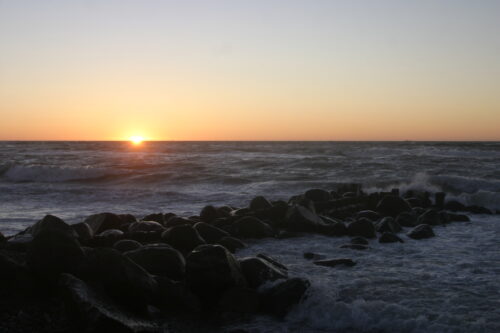
In this final stage of the hike we covered 52 km. All told, I have walked 655 km from south to north, 419 of them alone and the rest with friends. Reflecting back on this multi-year project, I think what a great way it was to discover Denmark with its rich history and variety of landscapes and seascapes. I’m now ready for the next hiking project!

